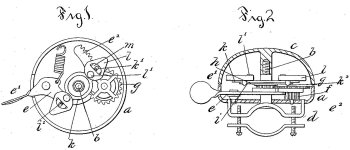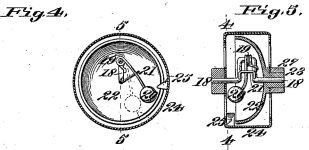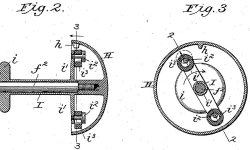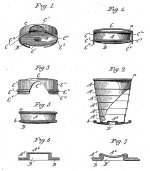njrelicgairl
Hero Member
- Jul 1, 2013
- 524
- 1,041
- Detector(s) used
- Whites coin master and Vanquish 540
- Primary Interest:
- Metal Detecting
Hi
Could this have belong to a car? It has a pat date on it. Feb 23. 97.
Could this have belong to a car? It has a pat date on it. Feb 23. 97.











